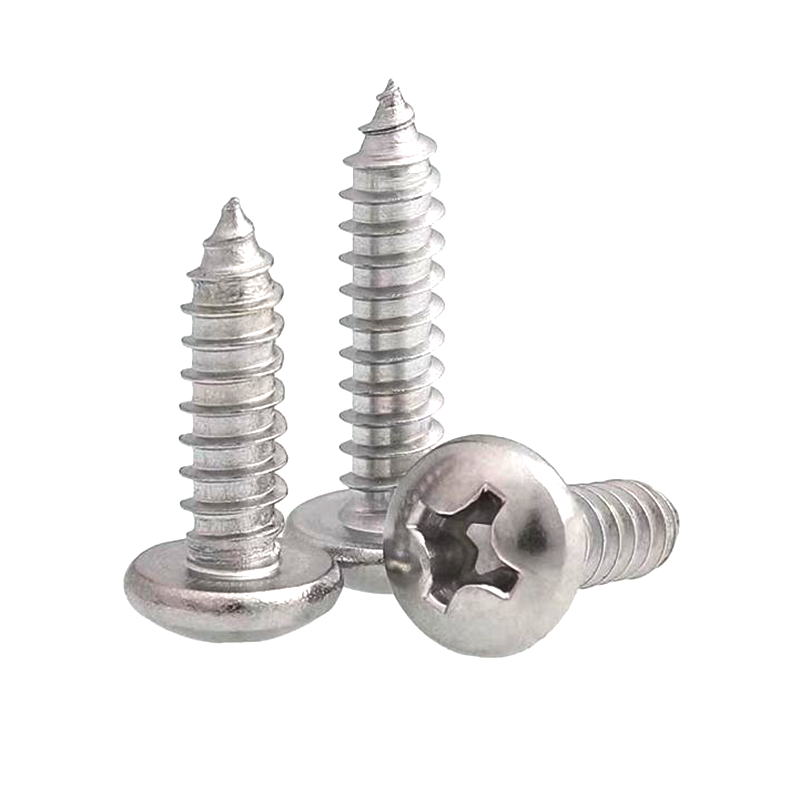Troubleshooting Tips for Ensuring the Secure Hold of Stainless Steel Self-Tapping Screws
When working with stainless steel self-tapping screws, it's common to encounter situations where they don’t hold as securely as expected. Troubleshooting these issues can save time and ensure that projects maintain their integrity. One of the primary reasons a self-tapping screw may not hold is improper installation. Ensuring that the screw is driven straight and at the correct angle is crucial; any misalignment can prevent the screw from fully engaging with the material. Additionally, using the appropriate drill speed and pressure can significantly affect the screw's ability to tap its own hole. Too much force may strip the threads, while insufficient pressure might not create a tight grip.
Another critical factor is the material into which the screw is being driven. Self-tapping screws are designed for specific applications, and using them in an unsuitable material can lead to failure. For instance, if the screw is being used in very soft wood or thin plastic, it might not create sufficient resistance to hold tightly. Conversely, driving a self-tapping screw into extremely hard materials, such as dense hardwood or metal, without the right preparation can also result in inadequate fastening. In such cases, pre-drilling a pilot hole can help the screw engage more effectively, providing a better grip and preventing material damage.

Environmental conditions can also play a significant role in the performance of stainless steel self-tapping screws. Exposure to moisture, extreme temperatures, or corrosive environments can weaken the hold of the screw over time. While stainless steel provides good corrosion resistance, it is not immune to certain types of deterioration, especially in harsh settings. To enhance durability, it’s wise to consider the specific grade of stainless steel used and whether it suits the environmental demands of your project.
If a self-tapping screw still fails to hold despite proper installation and material selection, it may be beneficial to reassess the size and type of screw being used. Sometimes, a larger or longer screw might be necessary for increased holding power, particularly if the original screw is too short for the thickness of the material. Moreover, certain designs of self-tapping screws are better suited for specific applications; for instance, screws with a wider thread spacing can provide better grip in softer materials.
Troubleshooting issues with stainless steel self-tapping screws involves a combination of proper installation techniques, suitable material selection, environmental considerations, and appropriate screw sizing. By addressing these factors, you can ensure that your projects maintain a secure and durable hold, maximizing the benefits of these versatile fasteners.
Related products
-

Hexagonal Nylon Head Series
-

Pan Head Cross Series Drill Tail Screws
-

Round Head Huasi Cross Series Drill Tail Screws
-

Double Countersunk Rice Fiber Board Nail
-

Cross Flat Head Dry Wall Nail
-

Hexagonal Cement Nail In Plum Blossom Groove
-

Grade 8.8 Outer Hexagonal Bolt
-

Square Clamp Right Angle Screw
-

304 Stainless Steel U-Shaped Screw
-

Hexagonal Galvanized Nut
-

Iron Galvanized Flange Nut Hexagonal Anti Slip Locking Belt Tooth Washer Screw Cap
-

Stainless Steel Countersunk Head Self-Tapping Screw

 English
English  English
English 中文简体
中文简体 русский
русский


